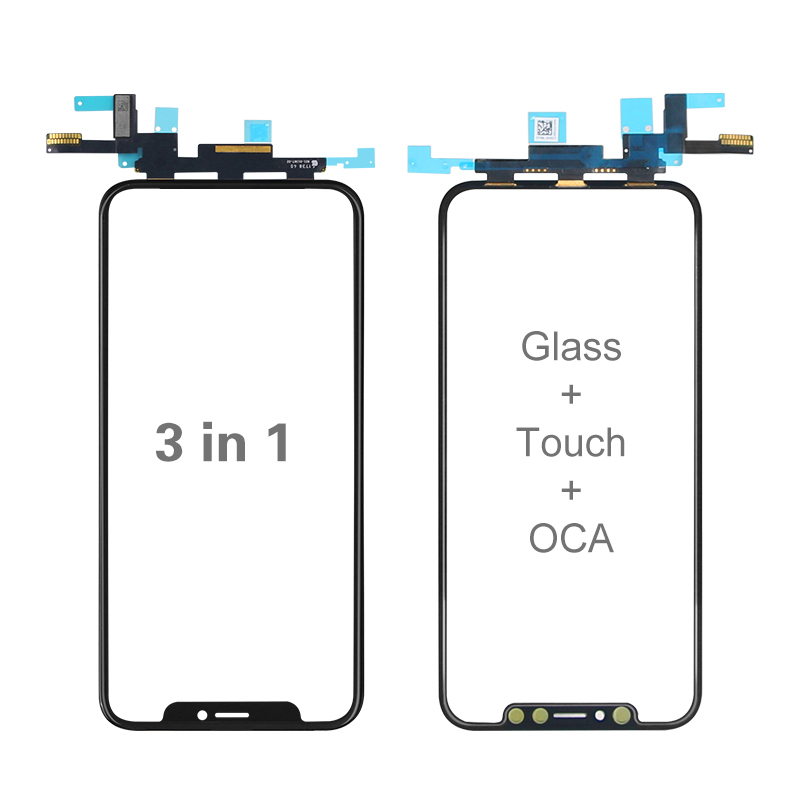The product's black edge is finer and more accurate.Â
Perfect and exquisite pressing detail process.

Touch screen is an electronic display that can detect and respond to the touch of a user's fingers or stylus. It allows users to interact directly with the display by touching or tapping on the screen, eliminating the need for a physical keyboard or mouse. Touch screens are commonly used in smartphones, tablets, laptops, and other electronic devices to provide a more intuitive and user-friendly interface.
Â
Touch Panel,Touch Screen Glass,LCD Touch Panel,Lcd Combo,Touch Screen
Dongguan Jili Electronic Technology Co., Ltd. , https://www.jlglassoca.com